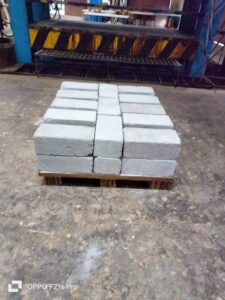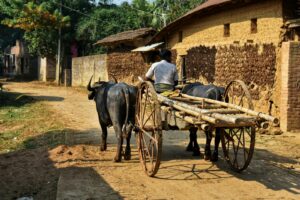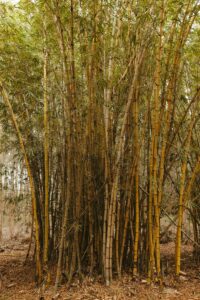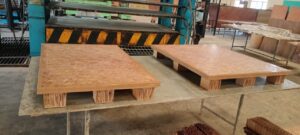1. Introduction
Bamboo nursery and plantation is a sustainable and high-demand business that involves the cultivation of bamboo plants for commercial use in industries such as construction, furniture, handicrafts, paper, and biofuel production. Bamboo is a fast-growing and renewable resource, making it a profitable and environmentally friendly investment. This project aims to establish a bamboo nursery and plantation to meet the increasing market demand.
2. Objectives
- To establish a high-yield bamboo plantation and nursery.
- To supply quality bamboo seedlings and mature plants to various industries.
- To promote sustainable afforestation and environmental conservation.
- To generate employment opportunities in rural areas.
3. Market Analysis
3.1 Demand Analysis
- Growing demand in the construction, furniture, and handicraft industries.
- Government initiatives promoting bamboo cultivation.
- Demand from biofuel and paper industries.
- Export potential for high-quality bamboo products.
3.2 Target Market
- Farmers and plantation owners.
- Government forestry departments and environmental organizations.
- Furniture and handicraft manufacturers.
- Construction companies and bamboo-based industries.
4. Land, Raw Material & Costing
4.1 Land & Infrastructure
| Item | Quantity | Cost per unit (INR) | Total Cost (INR) |
|---|---|---|---|
| Land (5 acres) | |||
| Irrigation System | |||
| Fencing & Security | |||
| Nursery Setup | |||
| Storage & Processing Shed | |||
| Total | – | – |
4.2 Materials & Plantation Costs
| Item | Quantity | Cost per unit (INR) | Total Cost (INR) |
|---|---|---|---|
| Bamboo Seedlings | |||
| Organic Fertilizers | |||
| Pesticides & Growth Boosters | – | – | |
| Labor (5 workers) | |||
| Miscellaneous | – | – | |
| Total | – | – |
4.3 Cultivation Process
- Site Preparation – Land clearing, irrigation setup, and soil enhancement.
- Planting – Selection of high-yield bamboo species and transplantation.
- Maintenance & Growth Monitoring – Fertilization, irrigation, and pest control.
- Harvesting & Processing – Mature bamboo harvesting and processing for sale.
- Distribution & Sales – Supplying seedlings and mature bamboo to buyers.
5. Financial Analysis
5.1 Cost Estimation
Fixed Costs
| Expense | Cost (INR) |
|---|---|
| Land & Infrastructure | |
| Nursery Setup & Equipment | |
| Initial Raw Material Stock | |
| Marketing & Branding | |
| Total Fixed Costs |
Variable Costs (Per Year)
| Expense | Cost (INR) |
|---|---|
| Labor | |
| Fertilizers & Pesticides | |
| Irrigation & Utilities | |
| Miscellaneous | |
| Total Variable Costs |
5.2 Revenue & Profit Analysis
| Parameter | Value |
|---|---|
| Selling Price of Seedlings (Per Unit) | |
| Revenue from Seedlings (10,000 units) | |
| Selling Price of Mature Bamboo (Per Ton) | |
| Revenue from Harvested Bamboo (100 tons) | |
| Annual Revenue | |
| Annual Cost (Fixed + Variable) | |
| Profit (From Second Year Onwards) |
6. Break-Even Analysis
- Fixed Costs: 5,300,000 INR
- Profit Per Year (After First Year):
- Break-even Point =
7. Sustainability & Environmental Impact
- Carbon Sequestration: Bamboo absorbs high amounts of CO₂.
- Soil Conservation: Prevents erosion and enriches soil fertility.
- Renewable Resource: Fast-growing and sustainable alternative to timber.
- Biodiversity Support: Provides habitat for various species.
8. Challenges & Mitigation Strategies
| Challenge | Mitigation Strategy |
|---|---|
| Market Competition | Establish unique branding and direct partnerships |
| Climate & Weather Risks | Use diverse bamboo species suitable for different climates |
| Initial Investment Costs | Seek government grants and private investment |
| Disease & Pest Management | Use organic pest control techniques and regular monitoring |






